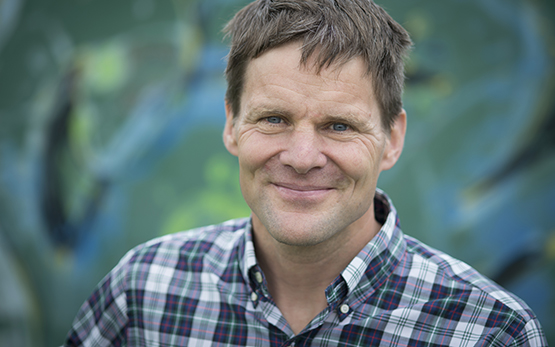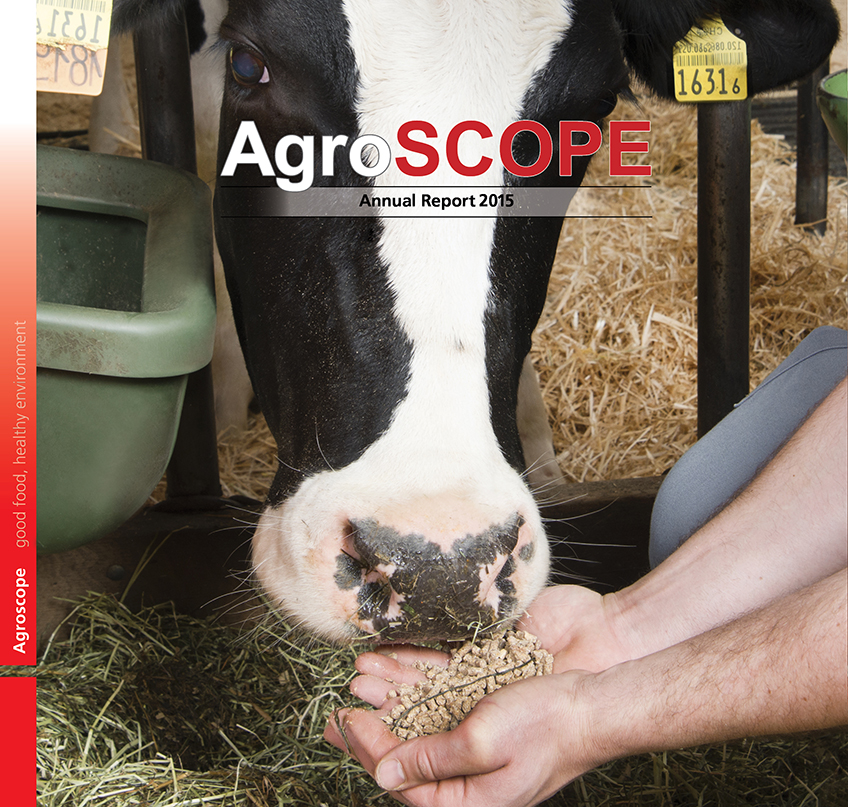Agriculture’s Balancing Act
Every day, Agroscope searches for ways to produce more food on the same surface area whilst protecting natural resources: soil, water, air, and natural diversity. This undertaking is truly a balancing act, known in technical jargon as ‘ecological intensification’.
A prime example of this is described in our cover story, ‘Less Fertiliser and Better Milk and Meat thanks to Sainfoin’. This legume fixes air-nitrogen to its roots via rhizobia bacteria, increasing yields in forage production whilst decreasing the amount of mineral fertilisers needed. Thanks to its positive constituents, sainfoin also optimises the quality of milk and meat from herbivores.
The article ‘Flower Strips Reduce Pests’ shows how Agroscope researchers have been systematically promoting natural diversity, so that pest and disease antagonists can gain strength. Such measures let us save on plant-protection products and reduce the impact of such products on all resources.
The natural diversity of microorganisms is also a resource. Read how their influence on fermented foods such as bread, cheese or wine can be researched, in the article ‘Unravelling Lactic Acid Bacteria’. The knowledge acquired here helps us to further optimise the quality and safety of foods.
In future, vines will have to make do with less water and defy new pathogens. The article ‘Viticulture in the Face of Climate Change’ shows how Agroscope is helping with this delicate balancing act.
Thus, when solutions are needed for protecting the resources of the agriculture and food sector whilst producing more food domestically, Agroscope is the right port of call – since we’re already dealing today with tomorrow’s topics.







